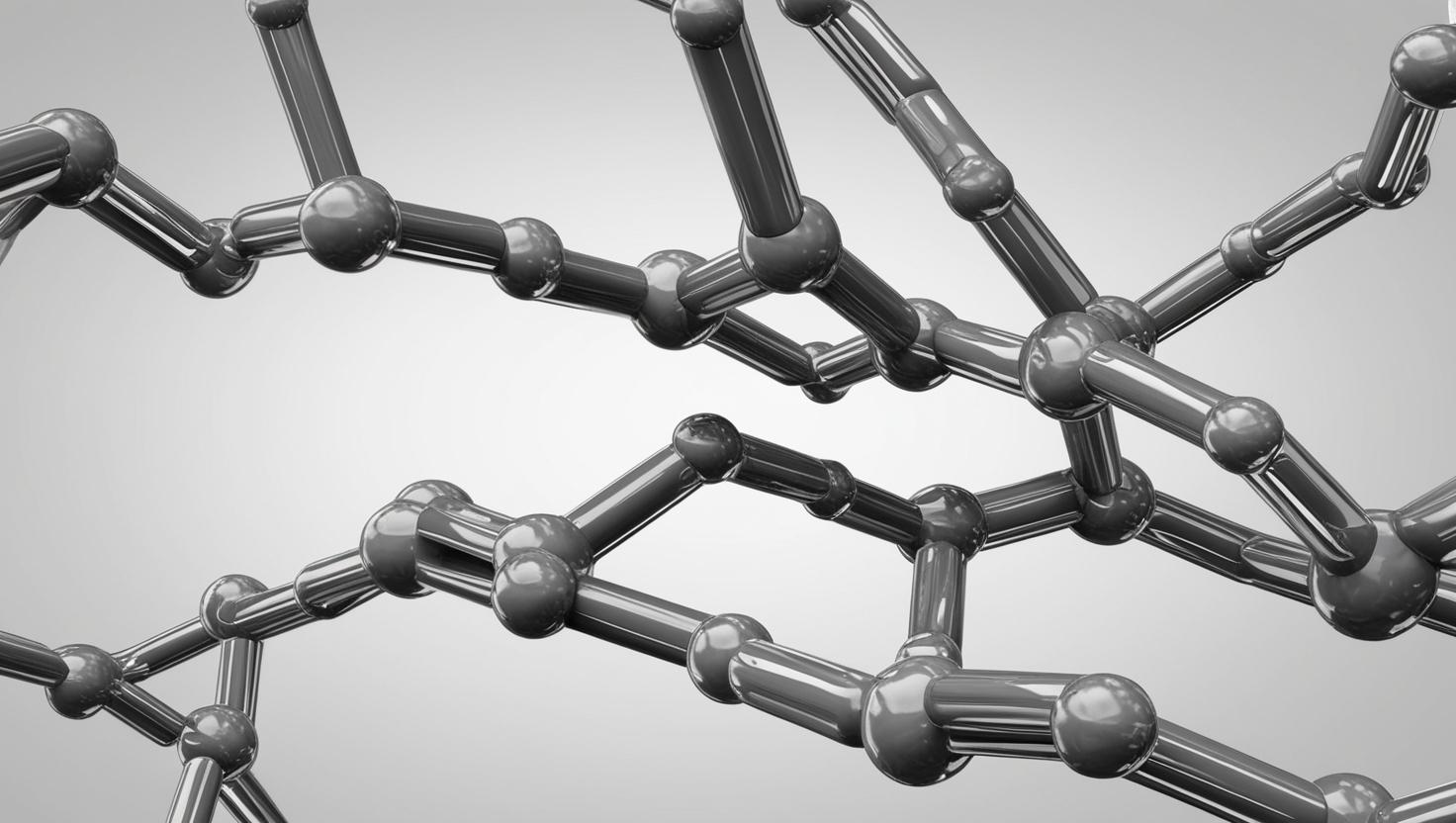What is a Chemical Damp Proofing Injection
A chemical damp proofing injection is a method used to prevent rising damp in walls by injecting a specially formulated damp-proofing solution into the masonry. The chemical creates a water-repellent barrier that stops moisture from rising through capillary action.
How does Chemical Damp Proofing work
Our Chemical damp proofing injection works by utilising silane/siloxane molecules, which are hydrophobic (water-repelling) compounds. Here’s how it functions at a molecular level:

Penetration into the Masonry
How it Penetrates into the Masonry
When the cream is applied to a concrete, or the mortar joint, it spreads and absorbs into the porous structure. The molecules in the cream are small enough to seep deep into the masonry.
Capillary Action (Wicking Effect)
Mortar contains interconnected capillaries that naturally draw in moisture (this is what causes rising damp).
The cream’s active ingredients (silane/siloxane molecules) follow the same pathways as water but move in all directions, spreading laterally and vertically within the mortar.
Long-Term Protection
Unlike surface waterproofing, which only creates an external barrier, damp-proofing chemicals work inside the masonry, providing long-lasting protection without affecting the breathability of the wall.
Silicone based chemical damp proofing courses work by diffusing into the pores of bricks and mortar. Once the active ingredient of the chemical has diffused into the wall, it chemically reacts with the minerals inside to form hydrophobic chains of molecules. With the correct amount of the right chemical, an unbroken damp proof course can be established across the whole length of the wall.
How do the molecules spread into the Mortar
When damp proofing cream is injected into masonry, the silane/siloxane molecules spread and penetrate the substrate due to capillary action and diffusion. Here’s a breakdown of how this works:
Initial Injection into the Masonry
The chemical is injected into pre-drilled holes along the mortar course along a horizontal mortar joint. Mortar is a porous material, filled with microscopic pores and capillaries that naturally absorb liquids.
The carrier fluid in the cream helps the active ingredients (silane/siloxane molecules) remain in a spreadable form.
Capillary Action and Diffusion
The masonry is naturally porous, with tiny capillaries that normally allow water to rise (rising damp).
The damp-proofing cream follows the same capillaries, spreading laterally and vertically within the material.
Chemical Reaction and Hydrophobic Layer Formation
Once the molecules are spread, they react with moisture and CO₂ in the air, in the masonry, undergoing hydrolysis and condensation.
This reaction forms a water-repellent silicone resin, which coats the inner pore of the walls, permanently repelling water.
The hydrophobic (mortar) layer prevents further water absorption, stopping rising damp while allowing the wall to “breathe” (letting water vapour escape).
Curing and Long-Term Effectiveness
The diffusion process is rapid but the full chemical reaction can take up to 6 months for complete curing.
Once cured, the treated section permanently repels water, acting as a damp-proof course. The barrier remains effective for decades, preventing rising damp from altering the external appearance of the masonry.
After the curing process the walls can be repaired.
The Curing Process
Every 25mm we drill, we need one month of curing, for the wall to dry out.
The time it will take for the wall to react, all depends on the strength of the walls. For example if the rendering and the mortar in between the bricks had a mix of 3/1 which is a strong base then the curing period is longer. If the mix was a 7/1 or 6/1, then it will penetrate quicker.
As the rendering or mortar is a softer compound it will penetrate quicker. Overall, the recommended period for the wall to thaw out is six month, this guarantees all the moisture to be sucked out of the walls.

Molecular Diffusion
As the cream transitions from a gel-like state to a liquid, silane and siloxane molecules separate and spread through the microstructure of the mortar.
This movement occurs due to:
Concentration Gradient → Molecules move from areas of higher concentration (injection site) to lower concentration (untreated mortar).
Capillary Suction → The porous structure of the mortar pulls in the liquid phase of the cream.
Surface Interaction → Silane molecules chemically bond with the silica-based components in mortar, forming a strong, long-lasting hydrophobic layer.
Contact Us
Protect your property from water damage with our expert moisture and waterproofing solutions! We offer free on-site consultations to assess your property’s needs and to provide the best solution for your home or building.
Our team of professionals specialise in chemical damp proofing injections, air ventilation, and property preservation from waterproofing for roof sealing, defective external property surroundings and moisture and damp control to ensure long-lasting results.
Contact us to arrange a free on-site consultation and expert advice with our engineer on the best damp, moisture and waterproofing solutions for your property!
Contact Us
